Out Of 64 Countries I’ve Been To, These 13 Weren’t Worth A Second Visit

After exploring 64 countries across all seven continents, I’ve learned that travel is as much about discovery as it is about managing expectations. Some places surprised me in the best ways—offering unexpected beauty, connection, or adventure. Others?
Not so much. Don’t get me wrong, every destination has something to offer. But a few spots left me underwhelmed, overwhelmed, or just plain disappointed.
Whether it was over-tourism, inflated prices, or a vibe that didn’t click with me, these 13 countries made it onto my “once is enough” list. Curious if your dream trip made the cut? Let’s dive into the places that didn’t quite earn a return stamp in my passport—and why.
1. Tunisia’s Tourist Traps Overshadow Authentic Culture
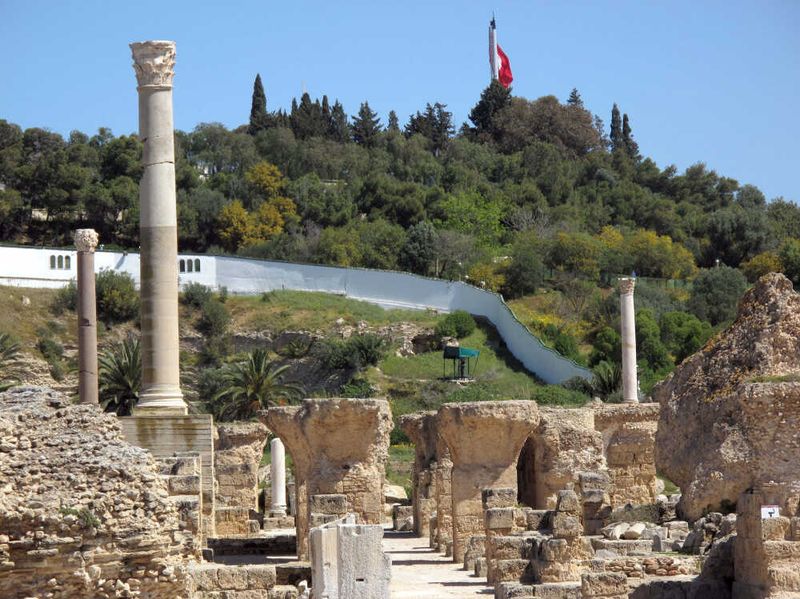
Aggressive vendors stalked me through every market and historical site during my week in Tunisia. The constant harassment made it impossible to enjoy even the most beautiful ruins at Carthage.
My hotel in Hammamet advertised beachfront luxury but delivered dirty rooms with broken air conditioning. When I ventured to smaller towns hoping for authentic experiences, I found staged “traditional villages” set up purely to sell overpriced souvenirs.
The food, which I’d heard so much about, was disappointingly bland in tourist areas. Even the famous Tunisian couscous couldn’t make up for the feeling that I was seeing only a manufactured version of the country.
2. India Left Me Physically and Emotionally Exhausted
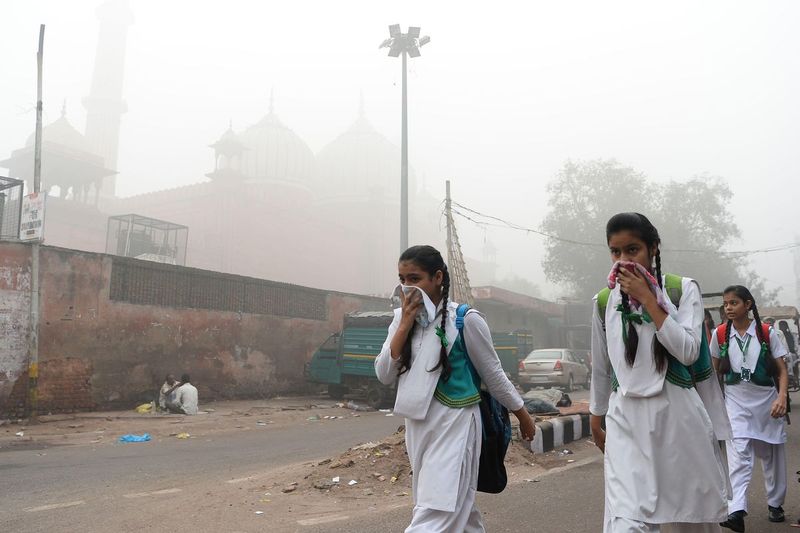
My journey through northern India became a test of endurance rather than enjoyment. Delhi’s crushing pollution burned my lungs and stung my eyes while the overwhelming crowds made simple tasks like crossing streets nerve-wracking adventures.
Women traveling alone face unique challenges here. I received constant unwanted attention, from staring to inappropriate comments and touches, despite dressing conservatively. Finding clean public restrooms proved nearly impossible.
Though the Taj Mahal was genuinely breathtaking, the extreme poverty contrasted with luxury tourist experiences created a constant moral discomfort I couldn’t shake. The sensory overload never gave my mind a moment’s rest.
3. Russia’s Bureaucratic Nightmare and Cold Welcome

Getting into Russia drained my patience before I even arrived. The visa process required mountains of paperwork, invitation letters, and detailed itineraries that couldn’t be changed without consequences.
Moscow’s stunning architecture couldn’t compensate for the consistently unwelcoming attitude I encountered. Hotel staff, restaurant servers, and shop attendants treated basic customer service as an annoying imposition. When I tried photographing St. Basil’s Cathedral, a police officer demanded to see my papers and deleted photos without explanation.
Language barriers exist everywhere, but in Russia, few people showed any interest in helping me overcome them. Even pre-arranged tours felt rigid and joyless.
4. Bahamas’ Hidden Costs and Artificial Paradise
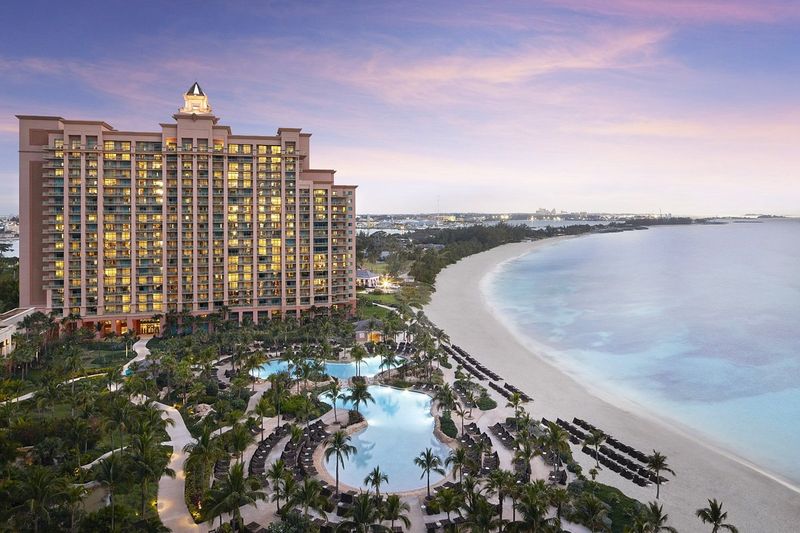
What the Bahamas brochures don’t show is how much of Nassau feels like an artificial playground built exclusively for cruise ship passengers. The famous Atlantis resort area might as well be in Florida – nothing about it felt authentically Bahamian.
Food and transportation costs shocked me daily. A basic sandwich and drink easily ran $30, while short taxi rides demanded $25 plus tip. When I ventured beyond tourist zones hoping for local culture, I found neighborhoods where visitors were clearly unwelcome.
The beaches were indeed beautiful, but most good spots required resort access fees or were packed with aggressive vendors selling identical souvenirs. Paradise came with unexpected price tags at every turn.
5. Turkey’s Persistent Harassment Spoiled Beautiful Sights
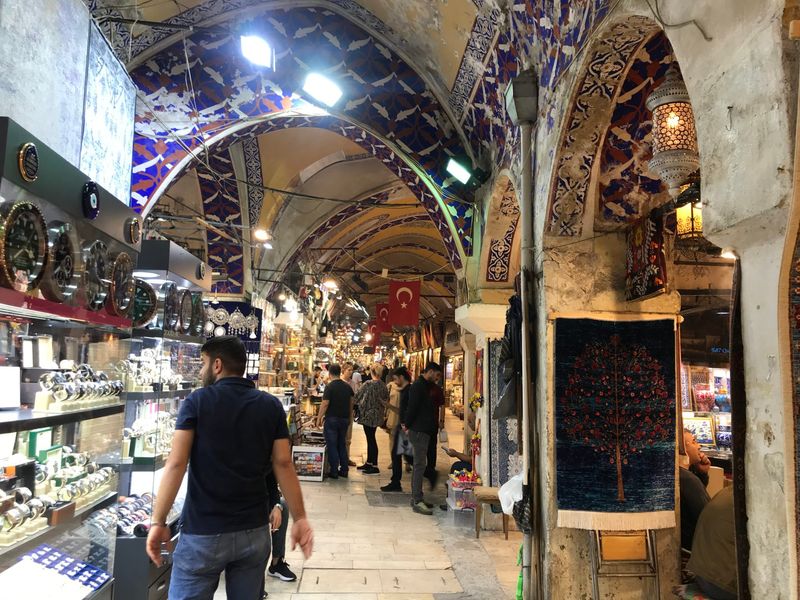
Men followed me through Istanbul’s Grand Bazaar, grabbing my arm to enter their shops. “Just looking” was never accepted as an answer, turning simple browsing into stressful confrontations.
Cappadocia’s famous landscapes lived up to their reputation, but tour guides constantly pressured me to buy from specific shops where they clearly received kickbacks. My hotel in Antalya mysteriously doubled its rates after I’d checked in, claiming my booking confirmation had a “system error.”
When dining alone, waiters frequently sat at my table uninvited or made uncomfortable comments about my appearance. The historical sites were magnificent, but the constant need to be on guard against scams and harassment left me exhausted.
6. China’s Surveillance and Restrictions Killed My Enthusiasm

My excitement for exploring China quickly faded under the weight of constant monitoring. Internet censorship cut me off from my usual communication apps, maps, and search engines. Using a VPN felt risky after hearing stories of tourists being questioned about them.
Armed police checked my passport multiple times daily, even at mundane locations like parks. When I tried photographing everyday street scenes in Beijing, officials approached to review and sometimes delete my photos.
The pollution in major cities gave me persistent headaches and a cough. Though the Great Wall truly impressed me, many other historical sites felt sanitized of their authentic history, replaced with government-approved narratives that locals quietly contradicted when authorities weren’t listening.
7. Costa Rica’s Eco-Tourism Reality Didn’t Match Its Reputation

Costa Rica sells itself as an eco-paradise, but what I found were overpriced, overcrowded national parks where wildlife sightings had become rare due to the constant stream of noisy visitors. Guides pointed out the same sleeping sloth to dozens of groups, the poor animal surrounded by camera flashes.
Many “eco-lodges” practiced questionable environmental policies while charging premium rates. One place proudly advertised its sustainability yet served every meal with plastic utensils and bottled water.
Locals in tourist areas seemed tired of visitors, providing minimal service with maximum prices. When I ventured to less-visited beaches hoping for tranquility, I instead found troubling levels of trash washing ashore – a stark contrast to the country’s green marketing.
8. United Arab Emirates’ Superficial Glitter Hides Empty Soul
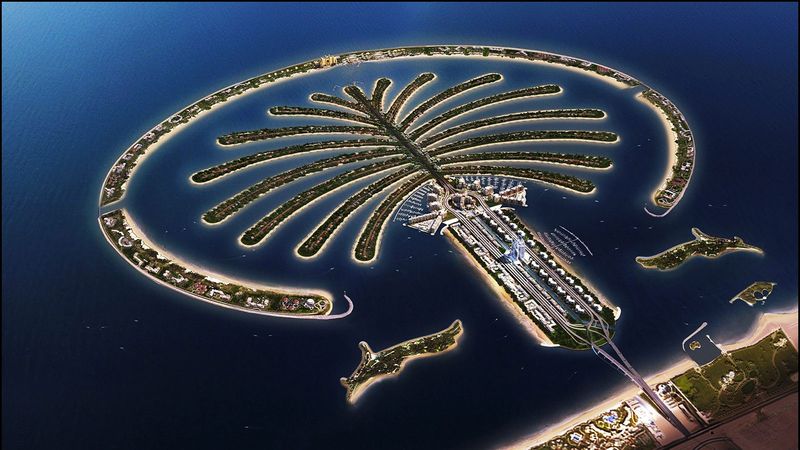
Dubai’s towering skyscrapers and massive malls couldn’t hide the feeling that I was walking through an empty movie set. Everything felt artificial – from the indoor ski slope in desert heat to the islands shaped like palm trees that are barely recognizable from ground level.
The stark contrast between the ultra-wealthy and the migrant workers who built these monuments to excess made me deeply uncomfortable. Hotel staff worked exhausting hours yet always seemed afraid to make the smallest mistake.
Cultural experiences felt manufactured for tourists. Desert safaris featured performers going through motions for visitors’ cameras rather than authentic Bedouin traditions. Despite all its luxury, the UAE left me feeling I’d visited a shiny facade with nothing genuine behind it.
9. Jamaica’s Resort Bubbles Hide Troubling Reality
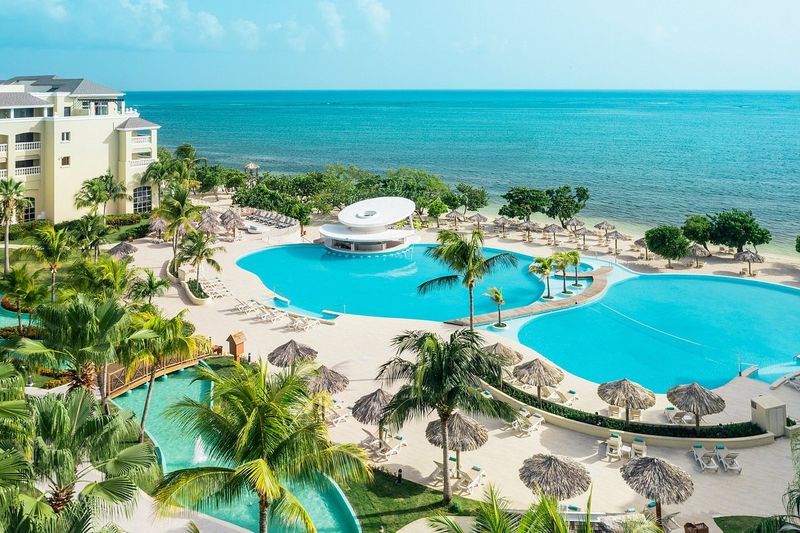
My all-inclusive resort in Montego Bay might as well have been anywhere in the world – nothing about it felt distinctly Jamaican except the staff uniforms. When I tried to explore beyond the compound gates, security strongly discouraged it, citing safety concerns.
Venturing into town anyway, I understood their warnings. The contrast between resort luxury and local poverty was jarring. Tourists were viewed primarily as walking dollar signs. Every interaction began with a sales pitch or request for money.
The few excursions offered by the resort felt like sanitized performances rather than cultural exchanges. The beautiful beaches and warm weather couldn’t compensate for feeling trapped in a gilded cage, completely disconnected from the actual country I’d supposedly visited.
10. Qatar’s Wealth Couldn’t Buy Authentic Experiences
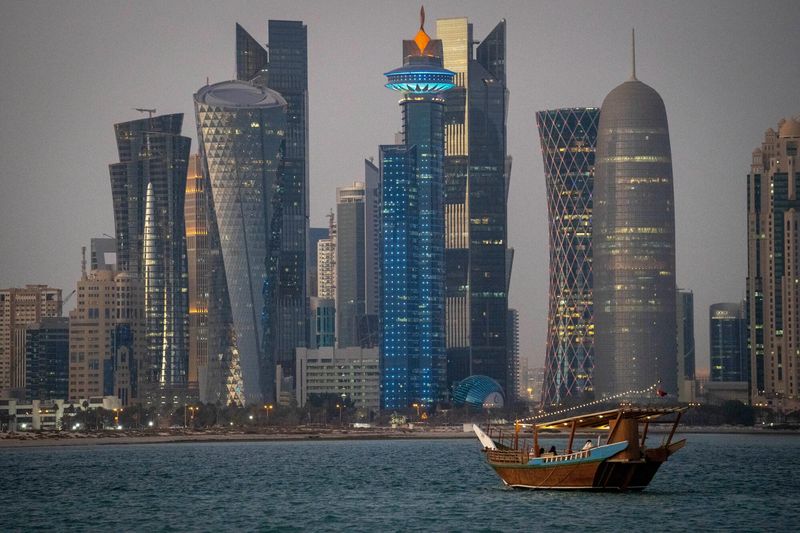
Doha gleamed with perfectly clean streets and ultramodern architecture, but lacked any sense of organic culture or history. The Museum of Islamic Art housed incredible treasures, yet felt more like a billionaire’s trophy case than a living connection to heritage.
As a woman traveling alone, I faced constant scrutiny. Despite dressing conservatively, I was frequently redirected to “family sections” of restaurants or questioned about my male companion’s whereabouts. The artificial atmosphere extended to the famous souqs, which had been rebuilt to look ancient while selling primarily luxury brands.
The scorching heat made outdoor exploration nearly impossible for half the day. Even the desert excursion felt staged, with Bedouin tents equipped with air conditioning and WiFi – comfortable but completely inauthentic.
11. Indonesia’s Bali Has Lost Its Soul to Mass Tourism
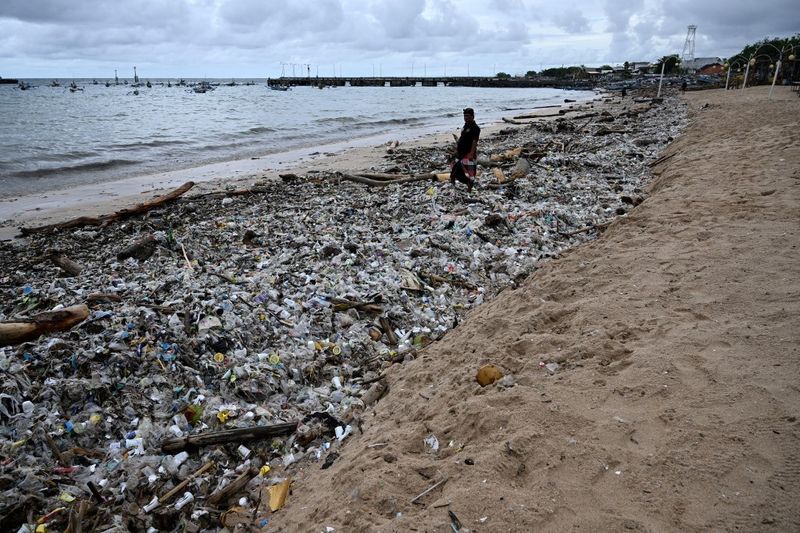
Bali’s transformation from spiritual haven to Instagram playground left me deeply disappointed. Ubud’s famous rice terraces now feature swing sets and photo platforms where visitors queue for hours to get the same shot thousands have taken before.
Sacred temples had become selfie backdrops, with visitors ignoring dress codes and religious significance. When I sought quieter beaches away from Kuta’s party scene, I found shorelines littered with plastic waste and beach clubs charging exorbitant minimum spends.
Traffic gridlock turned 5-mile journeys into 2-hour ordeals. The overwhelming number of digital nomads has driven housing costs beyond local affordability, creating resentment I could feel in many interactions. Bali’s genuine culture still exists, but requires extraordinary effort to find beneath the tourist overlay.
12. Panama Promised Diversity But Delivered Disappointment
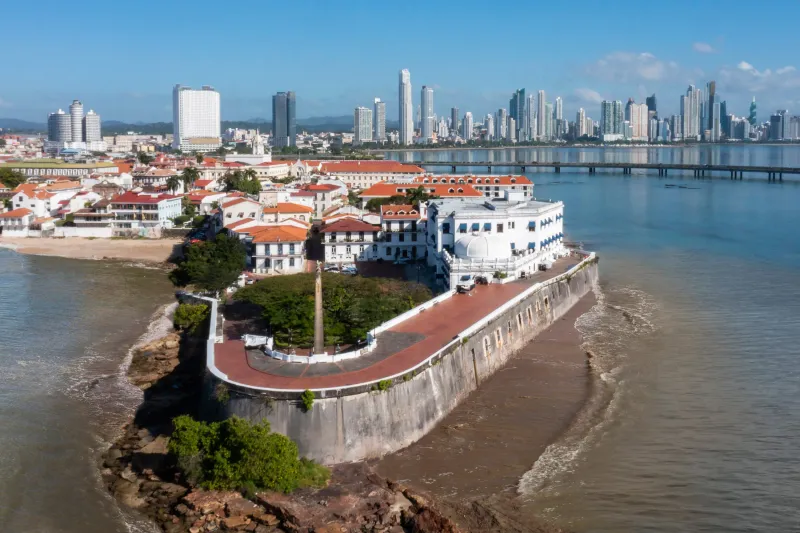
Panama City’s impressive skyline and famous canal couldn’t compensate for the disappointing reality I encountered. The historic Casco Viejo district, while photogenic, felt like a contrived tourist zone with overpriced restaurants serving mediocre international cuisine rather than authentic Panamanian food.
When I tried visiting smaller towns, transportation proved unreliable and significantly less comfortable than advertised. The much-hyped Caribbean beaches couldn’t compare to neighboring countries, with murky water and aggressive vendors disrupting any chance of relaxation.
The wealth disparity was striking, with luxury developments standing directly beside extreme poverty. Though marketed as the “Crossroads of the Americas,” Panama seemed caught between identities, offering watered-down experiences that never quite satisfied either adventure seekers or cultural enthusiasts.
13. Hungary’s Rising Hostility Made Me Feel Unwelcome
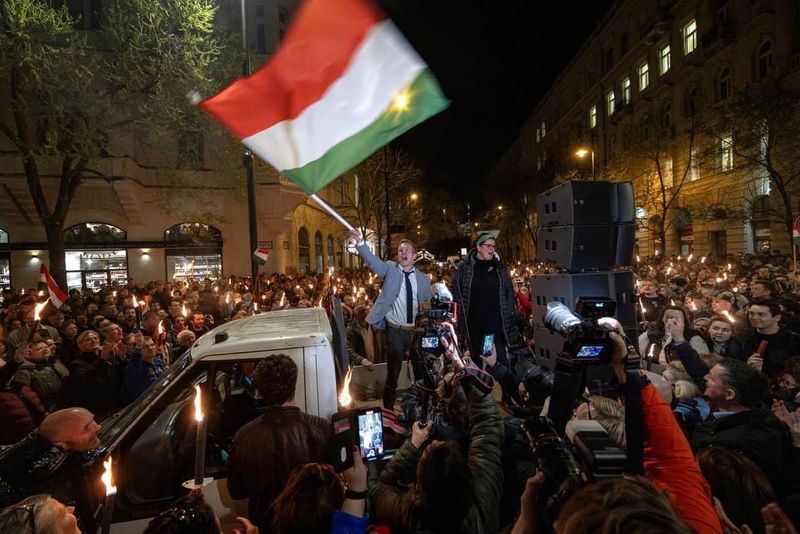
Budapest’s architectural beauty couldn’t hide the increasingly hostile atmosphere I encountered as a foreign visitor. Restaurant servers openly prioritized local customers, sometimes ignoring me for extended periods despite half-empty establishments.
The famous thermal baths were overcrowded tourist traps where attendants treated visitors with open contempt. When I attempted to speak a few words of Hungarian I’d learned, my efforts were met with eye-rolling rather than appreciation.
Political tensions were palpable, with anti-immigrant posters visible throughout the city. Several locals warned me not to speak English loudly in certain areas. Though Hungary offers undeniable visual beauty and remarkable history, the growing sentiment against outsiders created an uncomfortable atmosphere that overshadowed the country’s considerable attractions.
